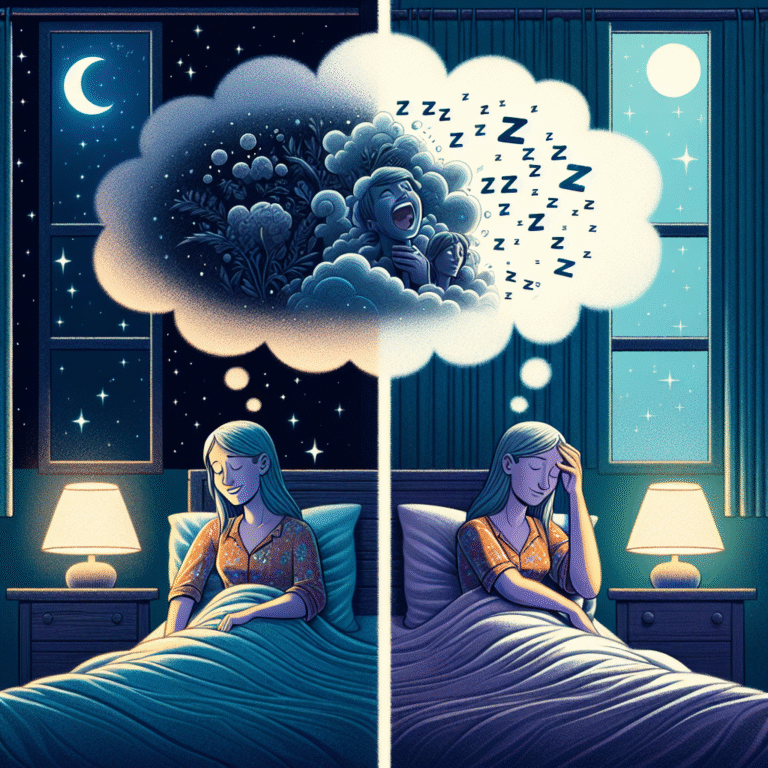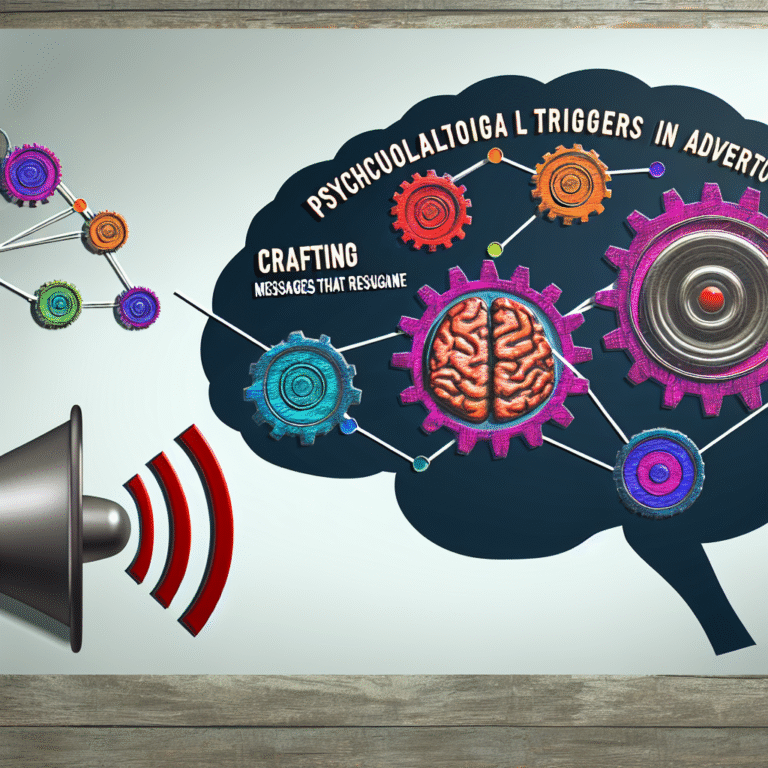
Creating Your Sleep Sanctuary: Proven Hygiene Tips for Better Sleep
Introduction
Imagine drifting off into a peaceful sleep each night, waking up refreshed and revitalized, ready to embrace the day ahead. Sleep is not just a luxury; it’s a necessity for our mental and physical health. Yet, the chaotic pace of modern life often disrupts our ability to achieve restful sleep. Wouldn’t it be wonderful to create your own personal oasis, a sanctuary that fosters optimal sleep? By focusing on Creating Your Sleep Sanctuary: Effective Hygiene Tips for Better Sleep, you can transform your sleep environment and significantly improve your sleep quality.
In this comprehensive guide, we will explore proven strategies, valuable insights, and practical tips aimed at elevating your sleep experience. We will delve into effective hygiene tips that can turn your bedroom into a haven for tranquility and restorative rest. Get ready to make sleep a priority, because the healthier you sleep, the healthier you will be.
Understanding Sleep Hygiene
What Is Sleep Hygiene?
Before we jump into creating your sleep sanctuary, it’s important to understand what sleep hygiene entails. Sleep hygiene refers to a series of practices and habits that are essential for quality night-time sleep and full daytime alertness. It includes everything from your sleep environment to your pre-sleep routine. By adhering to good sleep hygiene, you lay a foundation for restful nights and productive days.
The Importance of Creating Your Sleep Sanctuary
The bedroom plays a pivotal role in sleep hygiene. It’s a direct reflection of how well you can wind down and relax. When we speak of Creating Your Sleep Sanctuary: Effective Hygiene Tips for Better Sleep, we’re talking about a multi-layered approach that will encompass cleanliness, comfort, and ambiance.
The Fundamentals of a Sleep Sanctuary
1. Decluttering for Peace of Mind
A cluttered space can often lead to a cluttered mind. Studies show that a tidy environment fosters better concentration and promotes emotional well-being. Begin your journey to create your sleep sanctuary with a good declutter.
Action Steps:
- Spend a few minutes each day clearing your bedside table and surrounding areas.
- Consider using storage baskets for items that tend to accumulate in your bedroom.
- Schedule a seasonal clean-up to reorganize your wardrobe and remove unwanted items.
2. Bedding Basics
Your bed is the focal point of your sleep sanctuary. Invest in quality bedding that contributes to comfort and temperature regulation.
What to Choose:
- Mattress: Select one that suits your firmness preference and sleeping position.
- Pillows: Choose pillows that support the natural curvature of your neck and spine.
- Sheets: Opt for breathable fabrics like cotton or linen to enhance airflow while you sleep.
3. Aromatherapy: Enhancing Air Quality
Integrating essential oils into your sleep routine can create a calming atmosphere ideal for relaxation.
Best Practices:
- Lavender and chamomile are highly recommended for their calming effects.
- Utilize a diffuser in your bedroom to disperse soothing scents.
- Consider the placement of plants that purify the air, such as snake plants or peace lilies.
Table: Essential Oils for Sleep
| Essential Oil | Benefits |
|---|---|
| Lavender | Reduces anxiety and promotes relaxation |
| Chamomile | Helps combat insomnia |
| Cedarwood | Encourages deeper sleep |
4. The Role of Temperature
Research indicates that cooler temperatures enhance sleep quality. The ideal bedroom temperature is between 60-67°F (15-20°C).
Key Takeaways:
- Invest in quality cooling bedding and pajamas.
- Use fans or air conditioning to maintain an optimal temperature.
- Ensure proper ventilation by opening windows during milder weather.
5. Light Management
Light is one of the most significant environmental factors impacting sleep. By controlling light exposure, you can enhance your sleep-wake cycle.
Tips:
- Use blackout curtains to keep your bedroom dark.
- Avoid screens at least an hour before bed to prevent blue light from inhibiting melatonin production.
- Consider using adjustable smart bulbs that dim gradually as bedtime approaches.
Enhancing Your Pre-Sleep Routine
1. Wind Down: Building a Relaxing Ritual
Creating a pre-sleep routine can signal to your body that it’s time to wind down.
Best Practices:
- Dedicate at least 30 minutes to calming activities, such as reading or meditating.
- Incorporate gentle stretching or yoga to relax the body.
- Avoid stimulating activities that might increase anxiety or alertness.
2. Nutrition Tips for Better Sleep
What you consume in the evening can greatly impact your ability to fall asleep.
Recommendations:
- Avoid heavy meals close to bedtime; opt for lighter snacks if you’re hungry.
- Limit caffeine intake in the hours leading up to sleep, particularly in the afternoon.
- Include sleep-promoting foods in your diet, such as walnuts, kiwi, and turkey.
Case Study: The 21-Day Sleep Challenge
One noteworthy case study involved a group of participants who committed to creating personalized sleep sanctuaries over 21 days. Each individual documented their journey, focusing on bedding changes, decluttering, and routine adjustments.
Findings:
- 80% reported improved sleep quality.
- Many experienced reduced anxiety levels due to a calm and inviting environment.
- Participants were more productive during the daytime after prioritizing better sleep.
3. Limiting Alcohol and Stimulants
While a glass of wine may seem like a good way to unwind, alcohol can disrupt your sleep cycle.
Critical Insights:
- Limit alcohol consumption in the evening and recognize that it may lead to fatigue the next day.
- Stay aware of other stimulants like nicotine and caffeine, as their effects can linger for hours.
Cultivating Mindfulness and Relaxation Techniques
1. Meditation and Mindfulness Practices
Introducing mindfulness and meditation into your nightly routine can help ease your mind.
How-To:
- Utilize meditation apps to guide your practice.
- Try deep breathing exercises or gratitude journaling to center your mind before bed.
2. Calming Music and Soundscapes
Listening to soothing music or soundscapes can create a peaceful atmosphere conducive to sleep.
Suggestions:
- Create a sleep playlist featuring calming tunes.
- Explore nature sounds or white noise options to drown out disruptive noises.
3. The Importance of Consistency
Maintaining consistent sleep and wake times helps regulate your body’s natural rhythm.
Key Points:
- Aim for at least 7-9 hours of sleep, adjusting your schedule accordingly.
- Stick to the same wake-up time even on weekends to maintain regular sleep patterns.
Creating Your Imperfect Sanctuary
Personalization Is Key
Remember, your sleep sanctuary should reflect your personal preferences. Whether it’s lighting, bedding, or scents, customization is essential. Consider how different elements resonate with your unique needs.
Embrace Imperfections
Creating a perfect sleep environment isn’t always feasible. Focus on small improvements and celebrate your journey. Continuously evaluate and adapt based on what enhances your sleep experience most.
Conclusion
In your quest for unparalleled rest, remember that Creating Your Sleep Sanctuary: Effective Hygiene Tips for Better Sleep is an ongoing journey. By implementing these strategies, you can create an environment that promotes tranquility and rejuvenation, giving you the rest you deserve.
Embrace the insights shared in this guide, and take actionable steps towards redefining your sleeping experience. Never underestimate the power of a peaceful night’s sleep – your body and mind will thank you.
FAQs
1. How long does it take to see improvements in sleep quality after making changes to my sleep environment?
Improvements can vary individually, but many people report noticeable changes within a few days to a few weeks after implementing enhanced sleep hygiene practices.
2. What are the best materials for bedding?
Natural fibers like cotton, linen, and bamboo are recommended due to their breathability and sustainability. Choose materials that feel comfortable against your skin.
3. Can I use technology to help with sleep?
Yes, sleep-tracking apps, white noise machines, and smart lighting can support your sleep hygiene. Just be cautious of screen time before bed!
4. Is it advisable to take naps during the day?
Short naps (20-30 minutes) can be beneficial in boosting alertness and performance. However, avoid long naps that may interfere with your nighttime sleep.
5. What are some quick changes I can make to improve my sleep today?
Start by decluttering your bedroom, adjusting your bedding for comfort, and lowering your room temperature. Trimming light exposure in the evening can also lead to immediate improvements.
By committing to these strategies and making sleep hygiene a priority, you can transform your bedroom into a sanctuary that nurtures restorative sleep. Your path to better sleep begins now!















